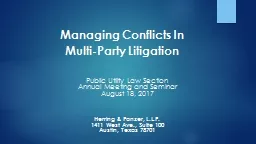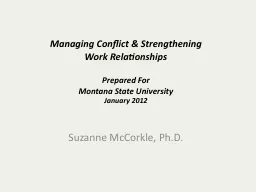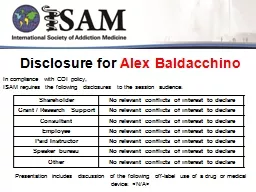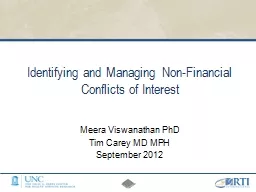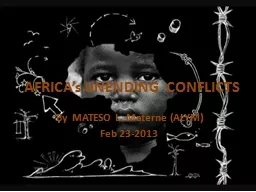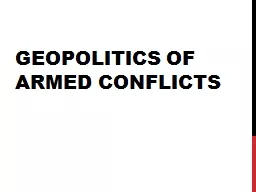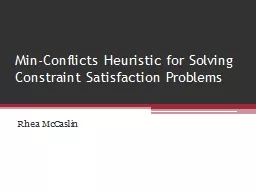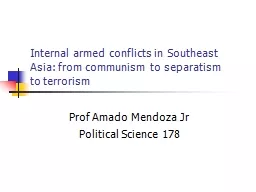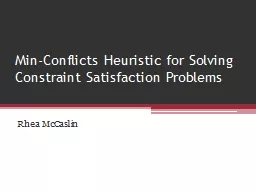PPT-Managing Conflicts In
Author : jane-oiler | Published Date : 2019-11-24
Managing Conflicts In MultiParty Litigation Public Utility Law Section Annual Meeting and Seminar August 18 2017 Herring amp Panzer LLP 1411 West Ave Suite 100 Austin
Presentation Embed Code
Download Presentation
Download Presentation The PPT/PDF document "Managing Conflicts In" is the property of its rightful owner. Permission is granted to download and print the materials on this website for personal, non-commercial use only, and to display it on your personal computer provided you do not modify the materials and that you retain all copyright notices contained in the materials. By downloading content from our website, you accept the terms of this agreement.
Managing Conflicts In: Transcript
Download Rules Of Document
"Managing Conflicts In"The content belongs to its owner. You may download and print it for personal use, without modification, and keep all copyright notices. By downloading, you agree to these terms.
Related Documents

